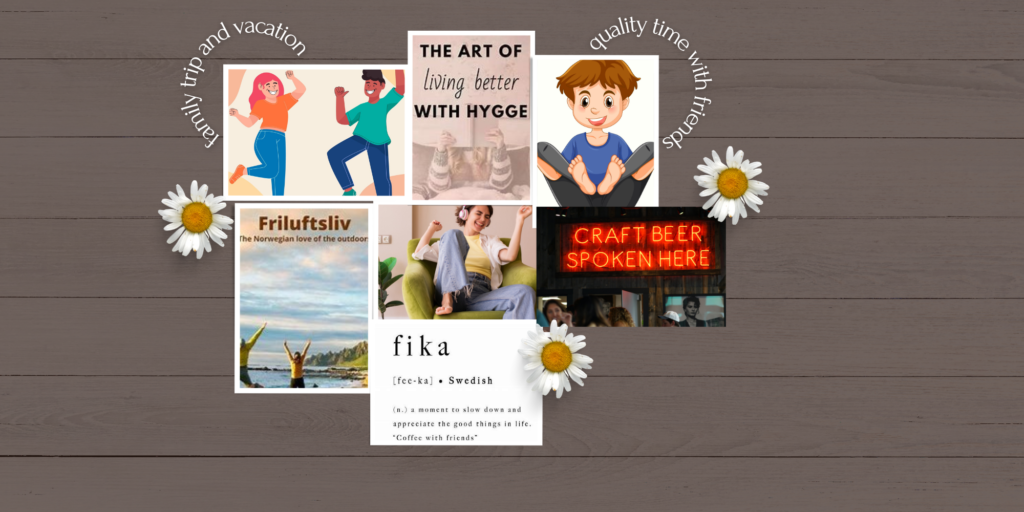Read time 5 minutes
Thank you, Universe. These words have become my mantra.
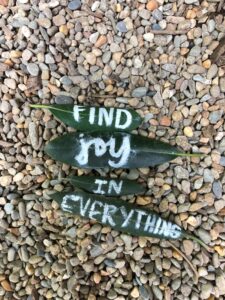
After years of grappling with illness, I’ve reached a space where health feels like a gentle whisper of possibility again. This blog isn’t just another post—it’s a love letter to the world, to healing, and to the small, quirky global habits that nudged me toward happiness and well-being.
Why Finland’s Happiness Made Me Rethink Joy
Every time I see Finland at the top of the World Happiness Index, I ask myself, why does that matter to me? Is it just envy or a yearning to migrate to a place where happiness feels institutionalized? Or is it something deeper—a quiet craving to unlock my version of joy right where I stand?
The answer unfolded slowly, tenderly, through global discoveries and cultural inspirations. And strangely, it wasn’t the most clinical or conventional health practices that transformed me—it was the fun ones. The ones rooted in connection, laughter, creativity, and freedom.
Let me take you on this journey across cultures, where I found emotional refuge and practical wisdom that made health feel more human, more possible.
Pantdrunk from Finland: Embracing Undisturbed Comfort
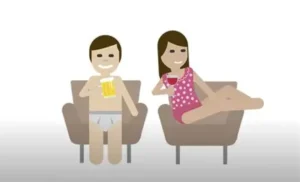
Let’s start with something delightfully unexpected—Pantdrunk or Kalsarikännit. It’s Finland’s ode to staying in, stripping down to your underwear, and having a drink at home. No shame, no noise—just raw, blissful solitude.
For someone like me, who doesn’t drink, I took the essence of it and replaced alcohol with a homemade mocktail. I’d sit in my cozy nook in absolute comfort, maybe music playing, a movie on, wrapped in silence. It became my nightly meditation—a way to de-stress without performance.
Laughter Yoga from India: The Healing Power of Intentional Joy
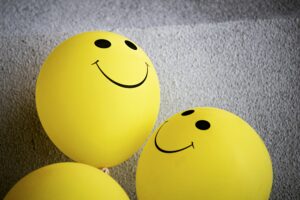
India gifted the world Laughter Yoga—a practice that felt odd initially. Laugh intentionally? Isn’t laughter meant to be spontaneous?
But once I gave it a chance, the results were astonishing. Laughter—real or forced—triggers the same endorphins, alleviating stress and pain. Through clapping, breathing, and spontaneous giggles, I found a slice of freedom from the weight of my illnesses.
During sessions, I forgot Isaacs’ Syndrome. I forgot Lyme. I just laughed. My immune system thanked me. My soul rejoiced.
Kintsugi from Japan: Healing Through Golden Cracks
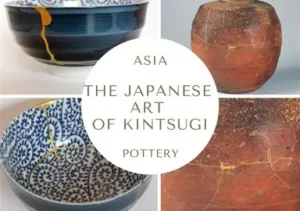
Kintsugi is not just the Japanese art of repairing pottery with gold—it’s a metaphor for life, especially mine.
Post-diagnosis, my world shattered. I was handed a list of conditions:
- Isaacs’ Syndrome
- Lyme disease
- Glaucoma
- Membranous Glomerulonephritis.
- Irritable Bowel Syndrome (IBS)
- Diabetes
- Frozen Shoulder
- Eczema
- Blood Pressure issues.
The cascade continued.
But Kintsugi taught me something radical: your scars can be beautiful. Your damage can be golden. With each health setback, I started filling my life with purpose and grace. I stopped chasing perfection and embraced presence.
Healing wasn’t linear, but it was possible.
Lykke from Denmark: The Little Joys that Make Life Big
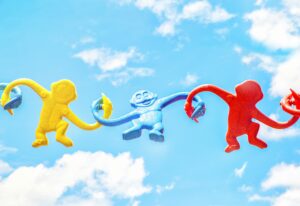
Lykke means happiness in Danish, but it’s more than a word.
It’s a way of life that celebrates small moments: a walk with no destination, a call with an old friend, a cookie dunked in warm tea.
Recovering from chronic illness forced me to scale back. And in that simplicity, I found life again. I’d read uplifting articles, invite someone for tea, sit with my thoughts, or paint without purpose. These small rituals held me together.
Friluftsliv from Norway: Nature as a Healing Partner
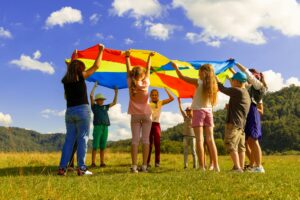
Friluftsliv—Norwegian for “free air life”. It advocates living outside as much as possible. After years confined to my room, this concept breathed life back into me.
I began morning breakfasts in the balcony, barefoot walks in the garden, birdwatching, and sometimes just staring at the sky. Nature calms the nervous system. It grounds anxiety. It invites perspective.
Fika from Sweden: Social Sips with Soul

Fika isn’t just a coffee break, it’s Sweden’s ritual of slowing down and savoring connection. Whether alone or with friends, it encourages you to pause and appreciate life’s flavors.
After months of isolation, I invited people in. No agendas—just cookies, coffee, and conversation. Fika became my gateway back into social life. It didn’t just heal my loneliness—it reawakened my creativity.
How These Practices Changed My Health
What surprised me most was how these practices didn’t just elevate my mood—they nurtured my body too. Science backs this: happiness improves immunity, reduces chronic pain, and boosts overall longevity.
Each global tradition, quirky as it may seem, helped me reclaim health:
- Pantdrunk brought me peace.
- Laughter yoga gave me energy.
- Kintsugi restored hope.
- Lykke sparked joy.
- Friluftsliv fed my soul.
- Fika connected my heart.
None were prescriptions. Yet each acted like one.
Daily Integration: My Personal Happiness Routine
I didn’t need to book a flight to Finland or Japan. Instead, I folded these practices into daily life:
- Mocktail evenings with soothing music (hello Pantdrunk!)
- Intentional giggles with laughter yoga videos
- Nature walks that activated Friluftsliv
- Creative journaling inspired by Kintsugi
- Fika-style breaks with snacks and silence
- Mini rituals to celebrate Lykke
The shift was subtle but powerful. These small joys restructured my routine. From morning smiles to bedtime reflections, my days began to feel like home again.
Recommendations for Readers
Want to try these too? Here are some gentle ways to start:
- Spend 15 minutes outdoors daily
- Practice laughter yoga using free online tutorials
- Repair something broken—emotionally or physically—with beauty
- Host a fika with close friends
- Schedule joy into your calendar
- Stay open to cultural practices that invite warmth
And most importantly, listen to what your body and heart need. Sometimes healing lies not in medicine, but in meaning.
Final Thoughts

I share this not as a prescription, but as a testimony. These global fun practices taught me to love life again—not just in the easy moments, but in the fractured ones too.
To anyone navigating chronic illness, burnout, or emotional fatigue: there’s a path. It might be wrapped in laughter, steeped in tea, painted with gold, or hiding in fresh air. Just be willing to explore.
Let happiness become your compass, and health might just follow.
DISCLAIMER
This blog reflects personal experiences and cultural inspirations. It is not intended to serve as medical advice. Please consult a qualified health professional before making health-related decisions.


